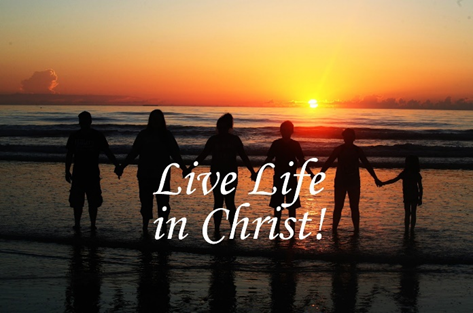NEW YEAR'S RESOLUTION OR WESLEY COVENANT PRAYER?
I
wrote my last blog the day after Christmas, and I am writing this one two days
after the new year. As promised, I wanted to revisit The Wesley Covenant
Prayer.
But
before that, I wanted to talk about New Year’s Resolutions…you know that thing
we do, listing the things that we’ll accomplish in the new year. I don’t know
about you, but, for me, these are usually things I wasn’t able to accomplish in
the prior year, so with the coming of a new year, everything would change, and
I’d be able to do it.
I
looked up New Year Resolution Statistics and found that 23% quit in the first
week; only 36% make it past the first month; and only 9% successfully keep
their resolutions. So I guess that means that the likelihood that I’ll be
successful in something that I haven’t been successful in before is…well…pretty
low. Should I be surprised.
I
don’t think so. I started wondering if I’m unsuccessful because my New Year’s
Resolutions are often all about me: what I need, what I want, what I think I
should do, I, I, I.
And
that leads me to The Wesley Covenant Prayer. The first lines of that prayer say:
“I am no longer my own, but thine. Put me to what thou wilt, rank me with whom
thou wilt. Put me to doing, put me to suffering. Let me be employed by thee or
laid aside for thee.” This is a completely different slant. No longer all about
me, me, me, but about God (thine, thou, thee).
An
article on this prayer in UMC Discipleship by Steve Manskar says that this
prayer “informed (Wesley’s) theology and preaching. He expected the people
called “Methodists” to pray this prayer at the beginning of each new year as a
way of remembering and renewing their baptismal covenant.”[1]
Baptism
isn’t something that is done and then forgotten; baptism leads us into a life of
faith. This Covenant Prayer also isn’t something we just say at the beginning
of a new year and then forget. The article by Steve Manskar goes on to say “It
tells us that being a Christian is more a way of life than a system of beliefs.
The Covenant Prayer describes the Jesus way of self-giving and self-emptying
love. This way of living and loving is possible only in a community centered
in the life and mission of the crucified and risen Jesus Christ.”[2]
Whereas
a New Year’s Resolution is all about me, the Covenant Prayer is all about Jesus
and how we fit in.
So what does Jesus want for you and with you in the new
year?
Feel free to contact me at sranousacctg@twcny.rr.com or
susanranous@unyumc.org



No comments:
Post a Comment